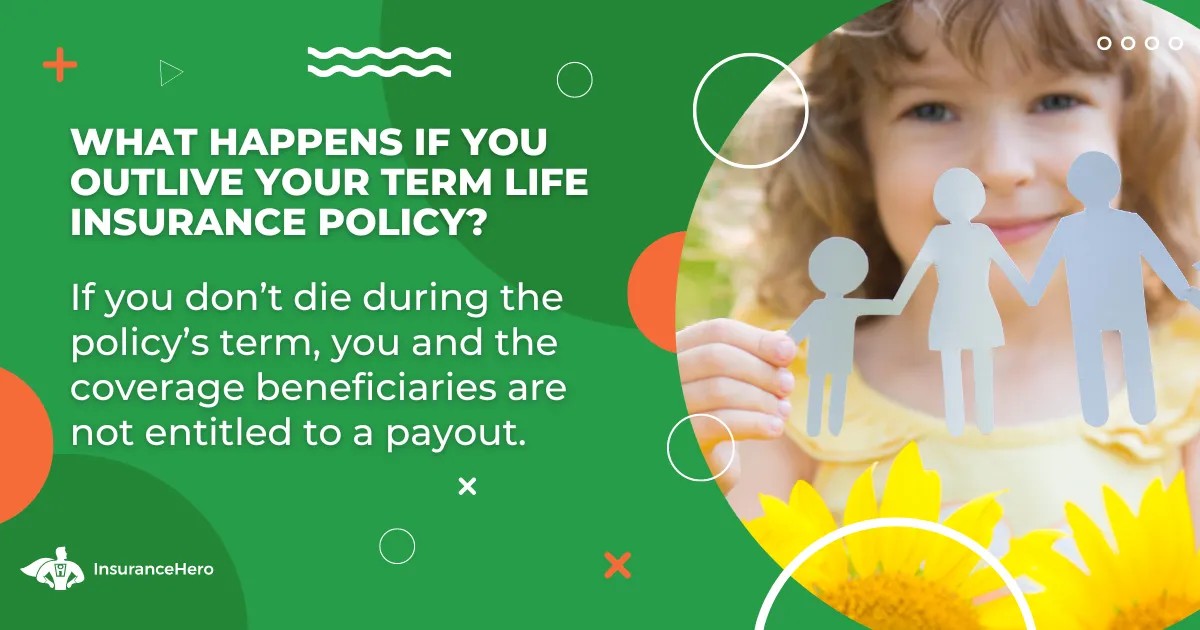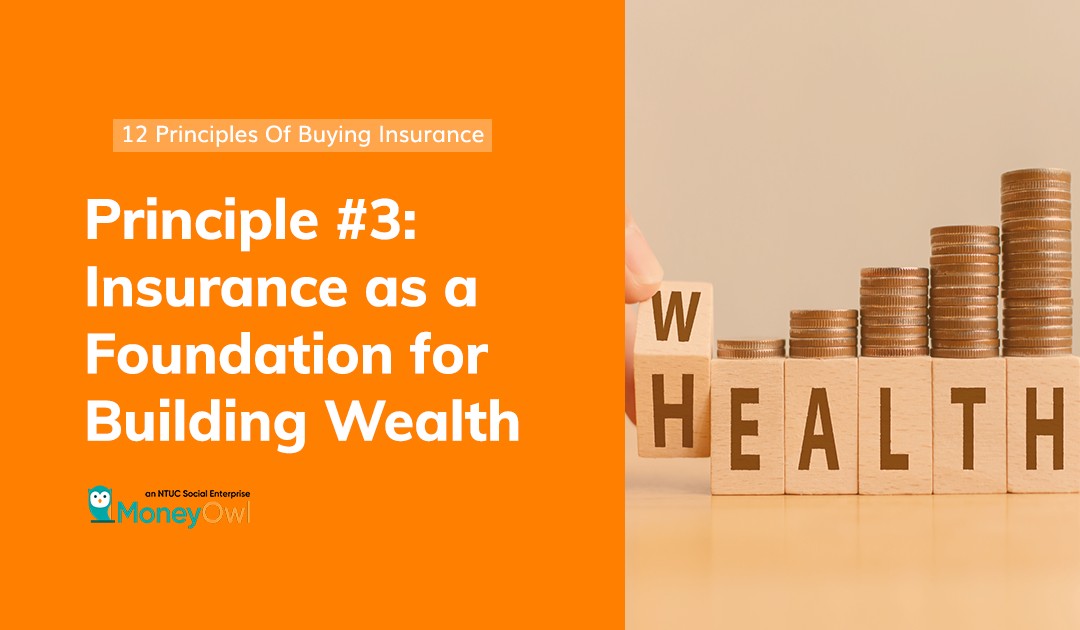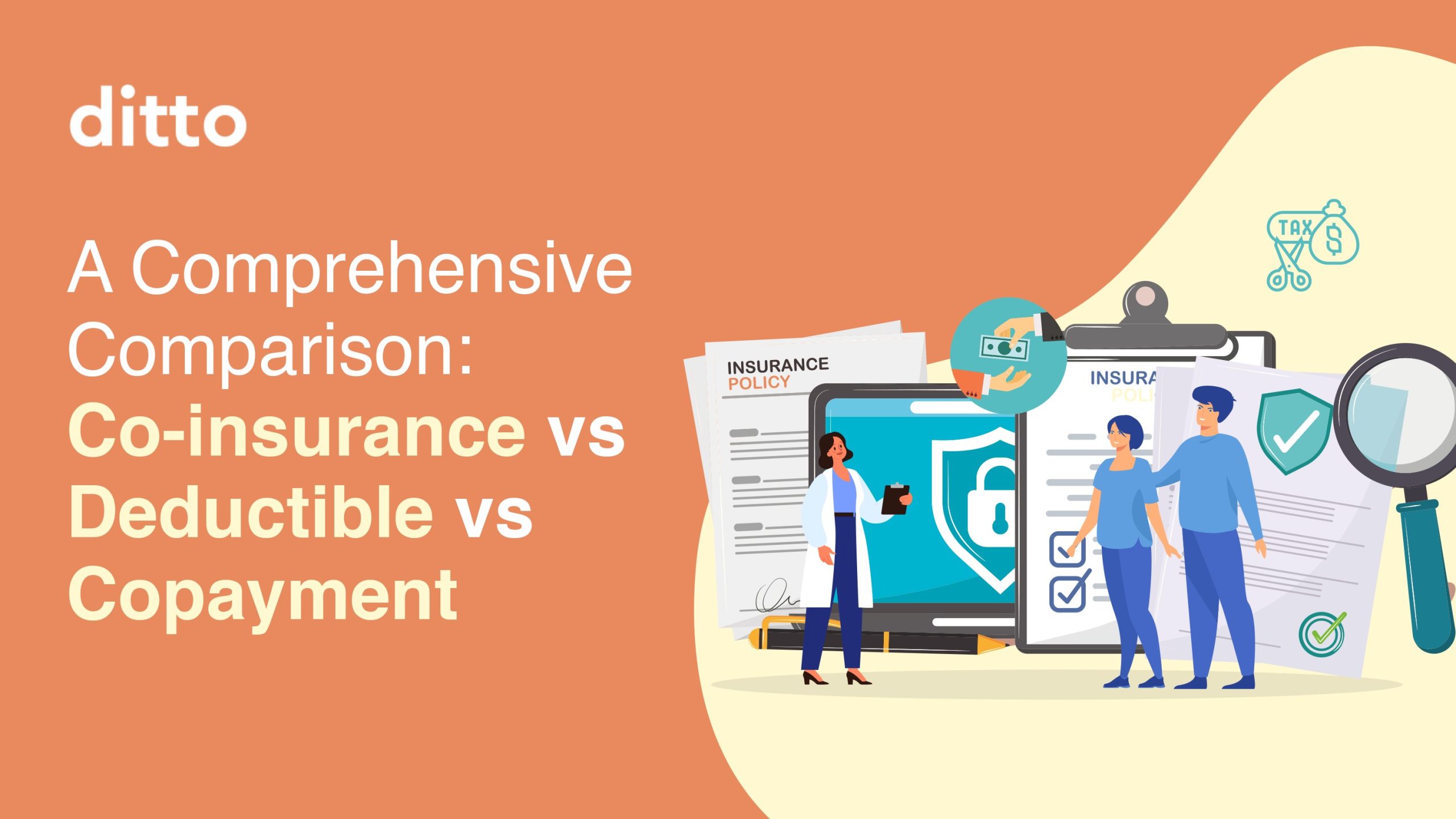Outliving your insurance policy, particularly a term life policy, can be a moment of mixed emotions. On one hand, it’s a positive milestone—you’ve lived beyond the period during which you anticipated needing financial protection. On the other hand, it can raise questions about what comes next, especially if your financial situation or family responsibilities have changed over time. Understanding your options and making thoughtful decisions at this juncture is essential to maintaining financial security and ensuring that your insurance strategy continues to serve your goals.
Term life insurance is designed to provide coverage for a specific period, often 10, 20, or 30 years. It’s a straightforward and affordable way to protect loved ones during the years when financial obligations are highest—such as raising children, paying off a mortgage, or building a career. When the term ends and you’re still alive, the policy simply expires. There’s no payout, and unless you’ve taken steps to extend or convert the coverage, you’re left without life insurance. This outcome is by design, but it can feel abrupt if you haven’t planned for it. The key is to view the expiration not as a loss, but as a transition point that invites reassessment.
One of the first things to consider is whether you still need life insurance. If your children are financially independent, your debts are paid off, and your spouse has sufficient resources, you may no longer require coverage. In that case, outliving your policy is a sign that your planning worked. However, if you still have dependents, outstanding financial obligations, or a desire to leave a legacy, it may be worth exploring new coverage options. Your needs may have evolved, and so should your insurance strategy. For example, you might want a smaller policy to cover final expenses or provide a modest inheritance.
If you decide that continued coverage is necessary, one option is to purchase a new term policy. This can be challenging depending on your age and health, as premiums tend to rise significantly as you get older. Insurers may require a medical exam, and pre-existing conditions could affect your eligibility or cost. Still, for healthy individuals, a new term policy can offer affordable protection for another decade or more. It’s important to shop around and compare quotes, as different insurers have varying underwriting standards and pricing models. Working with a broker or financial advisor can help you navigate the process and find a policy that fits your needs.
Another possibility is converting your existing term policy to a permanent one, such as whole life or universal life insurance. Many term policies include a conversion feature that allows you to switch to permanent coverage without a medical exam, provided you act within a specified timeframe. This can be a valuable option if your health has declined or if you want lifelong coverage. Permanent policies come with higher premiums, but they also build cash value and offer more flexibility. For instance, you can borrow against the policy or use it as part of your estate planning strategy. Converting a policy requires careful consideration of costs and benefits, but it can be a smart move for those seeking long-term protection.
Some insurers also offer renewal options that allow you to extend your term policy on a year-to-year basis. This can provide temporary coverage while you explore other solutions, though the premiums are typically much higher than during the original term. Renewing may make sense if you’re in a transitional phase—such as waiting for retirement or finalizing other financial arrangements—but it’s rarely a long-term fix. The cost can quickly become prohibitive, and the coverage may not be sufficient for your evolving needs. Still, it’s a tool worth knowing about, especially if you need a short-term bridge.
Outliving a policy also presents an opportunity to reassess your broader financial picture. Life insurance is just one piece of the puzzle, and its role may shift as your circumstances change. You might find that other assets—such as retirement savings, investments, or property—can now serve the protective function that insurance once did. For example, a well-funded retirement account can provide income for a surviving spouse, while a paid-off home reduces the need for mortgage protection. Evaluating your financial readiness and identifying any gaps helps ensure that you’re not relying on insurance out of habit, but using it strategically.
It’s also worth considering the emotional and psychological aspects of outliving a policy. For many, life insurance represents a promise—a way to care for loved ones even after they’re gone. When that promise expires, it can feel unsettling, even if the practical need has diminished. Talking with family members about your intentions and reviewing your estate plan can help reinforce that your commitment to their well-being remains strong. Whether through updated wills, trusts, or other financial tools, you can continue to provide clarity and support, even without a life insurance policy in place.
Ultimately, outliving your policy is a reminder that financial planning is an ongoing process. It’s not about locking in a solution and forgetting about it—it’s about adapting to life’s changes and making informed choices. Whether you decide to purchase new coverage, convert an existing policy, or rely on other resources, the goal is to align your insurance strategy with your current reality. By approaching this transition thoughtfully, you can maintain peace of mind and ensure that your financial legacy reflects your values and priorities. Outliving a policy isn’t the end—it’s a new chapter in your journey toward financial resilience.





